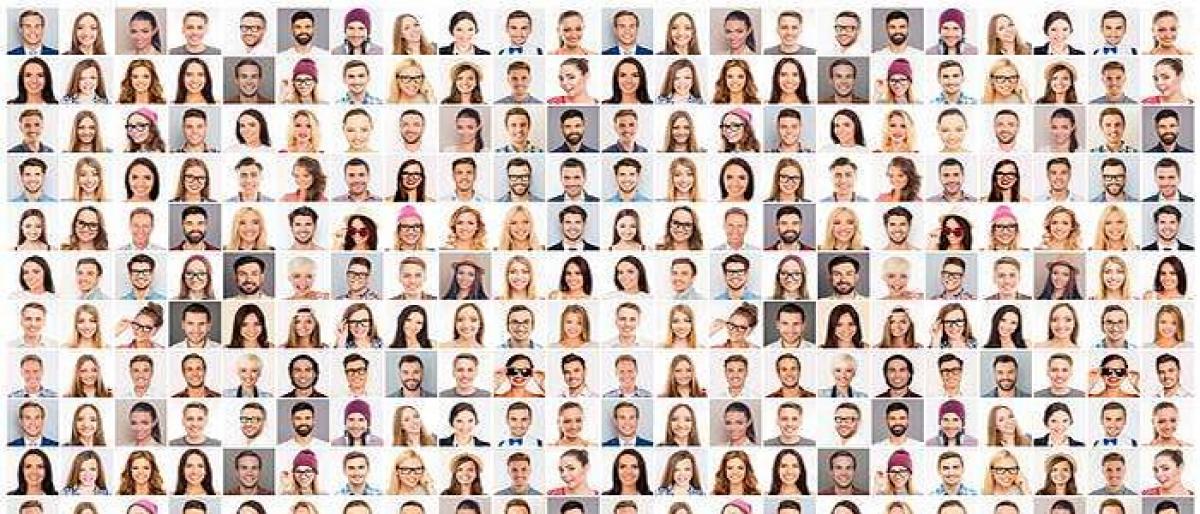Live
- ‘Bachhala Malli’ trailer heightens anticipation
- Karnataka quota row: Backward Class forum chief warns Lingayat seer over 'tinkering with reservations'
- Tight security arrangements at Group-II examination centers District SP
- Alia Bhatt captures attention in white
- Varun Dhawan talks about ‘Baby John’
- ‘Moonwalk’ trailer promises a quirky heist, love, and loyalty
- Combat leaf spot disease
- Ahsaas Channaopens up about her complex character in ‘Mismatched 3’
- Radhika Apte welcomes first child, shares heartfelt post
- Jacqueline dazzles at Da-Bangg Reloaded concert
Just In

Scientists have for the first time put a figure on how many faces people actually remember a staggering 5,000 on average Researchers from the University of York in the UK tested participants on how many faces they could recall from their personal lives and the media, as well as the number of famous faces they recognised
London: Scientists have for the first time put a figure on how many faces people actually remember -- a staggering 5,000 on average. Researchers from the University of York in the UK tested participants on how many faces they could recall from their personal lives and the media, as well as the number of famous faces they recognised. Humans have typically lived in small groups of around one hundred individuals, but the study suggests our facial recognition abilities equip us to deal with the thousands of faces we encounter in the modern world -- on our screens as well as in social interactions.
The results, published in the journal Proceedings of the Royal Society B, provide a baseline with which to compare the "facial vocabulary" size of humans with facial recognition software that is increasingly used to identify people at airports and in police investigations. "Our study focused on the number of faces people actually know -- we haven't yet found a limit on how many faces the brain can handle," said Rob Jenkins from the University of York. "The ability to distinguish different individuals is clearly important -- it allows you to keep track of people's behaviour over time, and to modify your own behaviour accordingly," Jenkins said.
For the study, participants spent an hour writing down as many faces from their personal lives as possible -- including people they went to school with, colleagues and family. They then did the same for famous faces, such as actors, politicians, and other public figures. The participants found it easy to come up with lots of faces at first, but harder to think of new ones by the end of the hour.
That change of pace allowed the researchers to estimate when they would run out of faces completely. The participants were also shown thousands of photographs of famous people and asked which ones they recognised. The researchers required participants to recognise two different photos of each person to ensure consistency.

© 2024 Hyderabad Media House Limited/The Hans India. All rights reserved. Powered by hocalwire.com







